The night sky is set to put on a magnificent show this week as the annual Orionid meteor shower reaches its peak — and for skywatchers, conditions this year could hardly be better. With the Moon absent from the night sky, the stage is perfectly set for one of the most dazzling celestial spectacles of the year.
The Orionids, which occur every October, are among the most anticipated meteor showers on the astronomical calendar. They are created from debris left behind by Halley’s Comet, one of the most famous comets in human history. Each year, as the Earth travels through the trail of dust and ice fragments shed by the comet, these tiny particles collide with our atmosphere at speeds of around 66 kilometers per second (over 147,000 miles per hour). The friction from that immense velocity causes the particles to vaporize, producing the bright streaks of light we see as meteors.
A Celestial Legacy of Halley’s Comet
Halley’s Comet has fascinated humanity for centuries. It appears in our skies roughly every 76 years and was last visible from Earth in 1986. Though it won’t return until 2061, its legacy continues each year in the form of two meteor showers — the Eta Aquarids in May and the Orionids in October. Both occur when Earth passes through different parts of the comet’s elongated orbital path, encountering the dust and debris left behind by its previous visits through the inner solar system.
These cosmic remnants may be no larger than grains of sand or small pebbles, yet when they strike Earth’s atmosphere, they produce some of the most striking visual phenomena in nature. The Orionid meteors are known for their brightness, speed, and the beautiful, long-lasting trails they sometimes leave in their wake. Observers often describe seeing green, blue, or yellow hues — colors created by the ionization of different atmospheric gases as the particles burn up.
When and How to Watch the Peak
This year, the Orionids are expected to peak around October 21–22, though meteors can be visible several nights before and after. The best viewing hours will be after midnight and before dawn, when the constellation Orion — the radiant point of the shower — climbs high into the eastern sky.
The radiant lies near the bright star Betelgeuse, one of Orion’s most recognizable features. However, experts recommend not looking directly at Orion itself. Instead, find a spot about 30 to 40 degrees away — this allows your eyes to catch the meteors as they streak across a broader section of the sky.
Thanks to the absence of moonlight, this year’s Orionids will appear more vivid and frequent than usual. Under ideal dark-sky conditions, observers could see anywhere from 15 to 25 meteors per hour. In particularly active bursts, that number can rise even higher.
The Perfect Night for Stargazers
To make the most of the Orionid meteor shower, astronomers recommend finding a location far from city lights — a dark, open area such as a park, countryside, or mountain vantage point. Avoid looking at phones or bright lights for at least 20 minutes before viewing, as it takes time for human eyes to fully adapt to the darkness.
No special equipment is necessary; in fact, telescopes and binoculars restrict your field of view. The naked eye, a reclining chair, and some patience are all you need. Dress warmly, bring a blanket or a thermos of something hot, and let your eyes wander across the heavens.
Those in the Northern Hemisphere will have the best view, though the Orionids are visible from both hemispheres. In the Southern Hemisphere, Orion rises later in the night, but observers can still enjoy an impressive display once it clears the horizon.
The Science and Beauty of the Orionids
The Orionids’ speed — among the fastest of all annual meteor showers — often results in brief, sharp flashes of light. Some leave behind glowing trails that persist for several seconds, creating a ghostly shimmer across the night sky. Astronomers note that the shower’s activity can vary from year to year, depending on how dense the cometary debris field is along Earth’s orbital path.
What makes this year special is the combination of clear skies and a dark lunar phase, allowing even faint meteors to become visible. The new moon creates a deep, ink-black sky that enhances contrast, making each shooting star appear brighter and more dramatic.
A Timeless Connection to the Cosmos
Beyond the science, there is something profoundly humbling about watching a meteor shower. Each streak of light represents a momentary encounter between our world and the remnants of a celestial traveler that has journeyed through space for thousands of years. These tiny grains of dust, born from a comet that has circled the Sun countless times, remind us of our planet’s place in a vast and ever-changing universe.
For countless generations, meteor showers have inspired awe, myth, and wonder. Ancient cultures often saw them as omens, messages from the gods, or symbols of renewal. Today, they remain a powerful reminder of our enduring connection to the cosmos — an invitation to look up, even for a few moments, and reflect on the beauty that exists beyond our world.
Don’t Miss the Show
Whether you’re an experienced astronomer or a casual stargazer, this week’s Orionid meteor shower promises a breathtaking experience. With the skies darker than usual and the radiant Orion watching over the horizon, the stage is set for one of the finest meteor displays of 2025.
So find a quiet place away from the glow of city lights, let your eyes adjust, and watch the night sky come alive. Each streak of light is a whisper from Halley’s Comet — a message from the past, written in fire across the heavens.

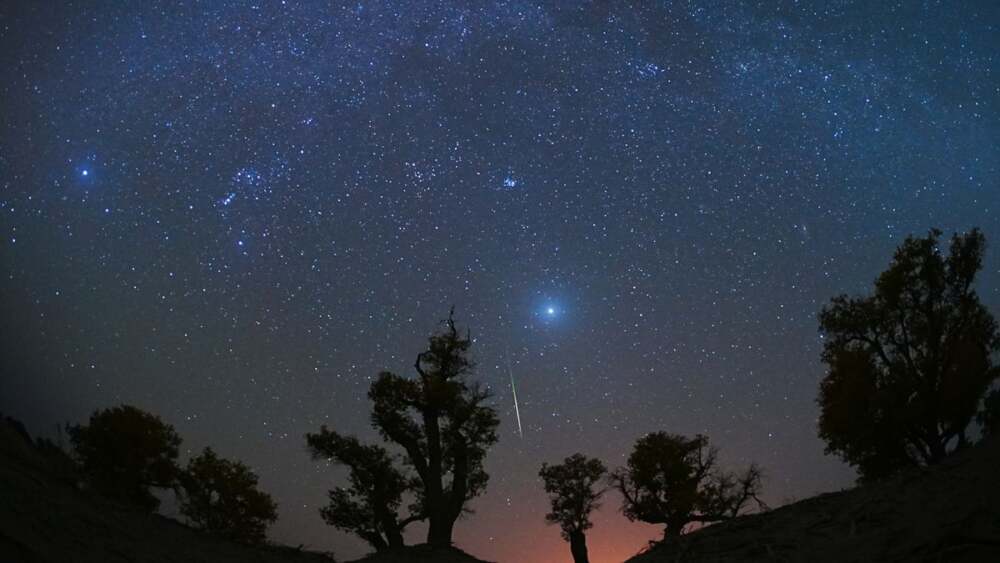




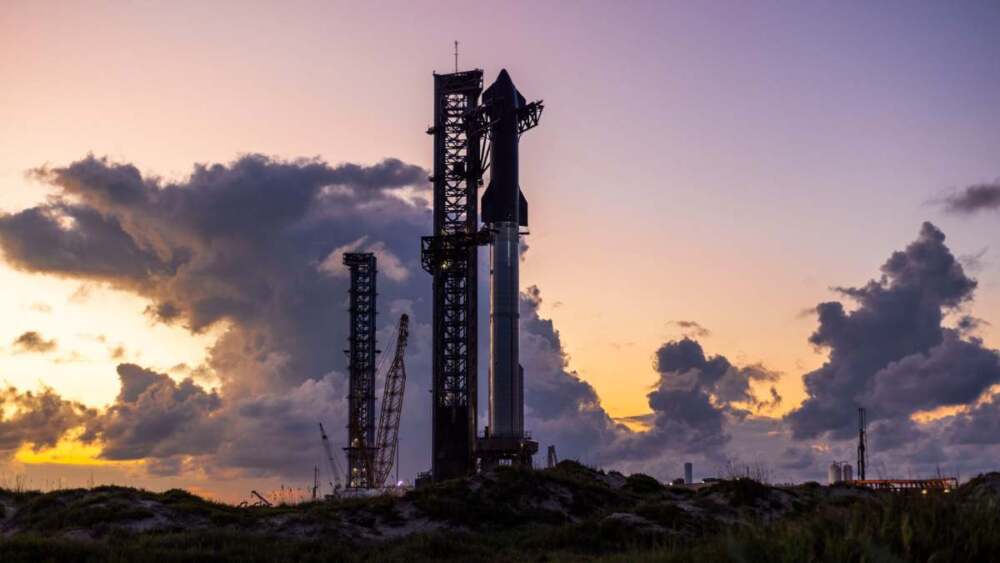
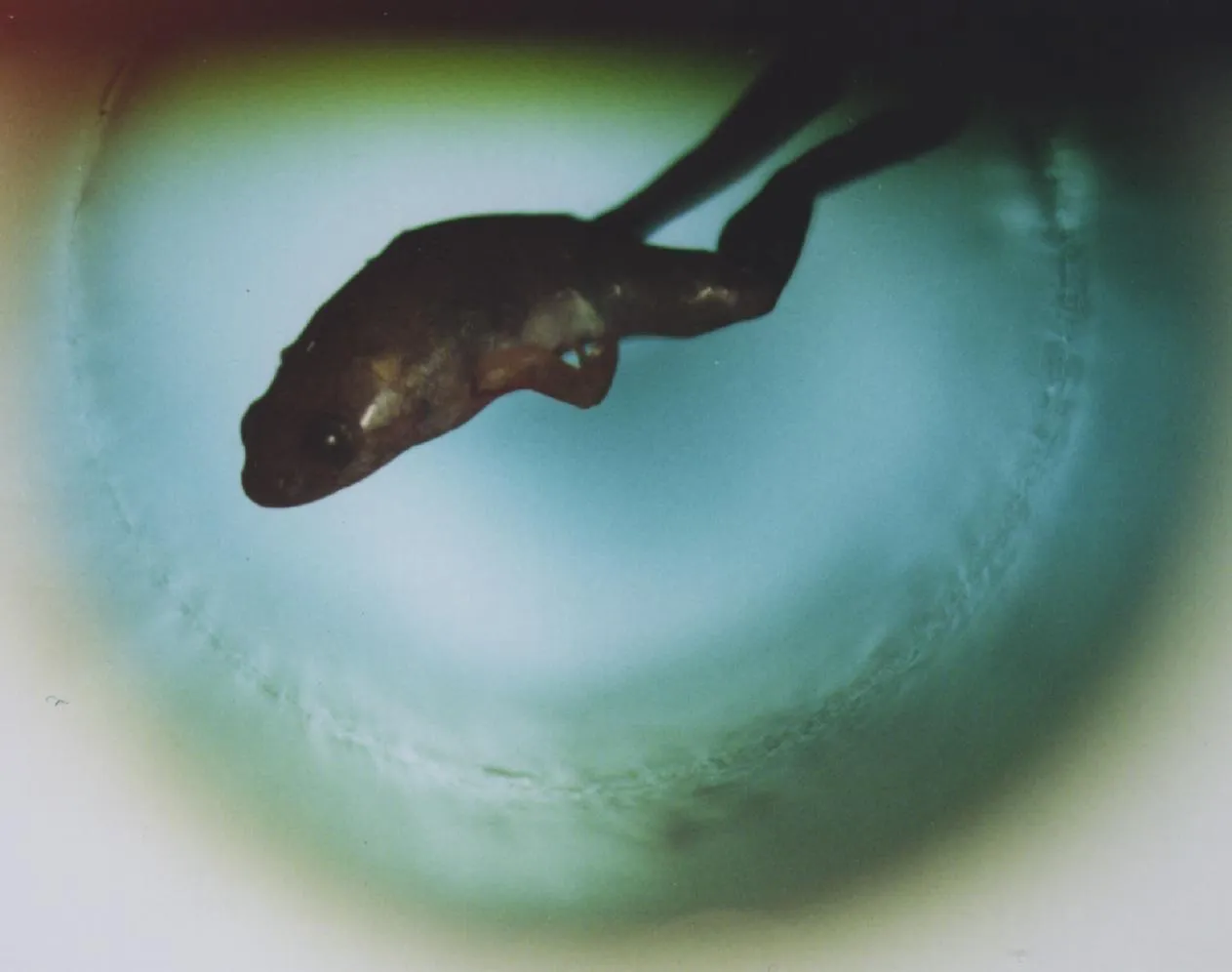
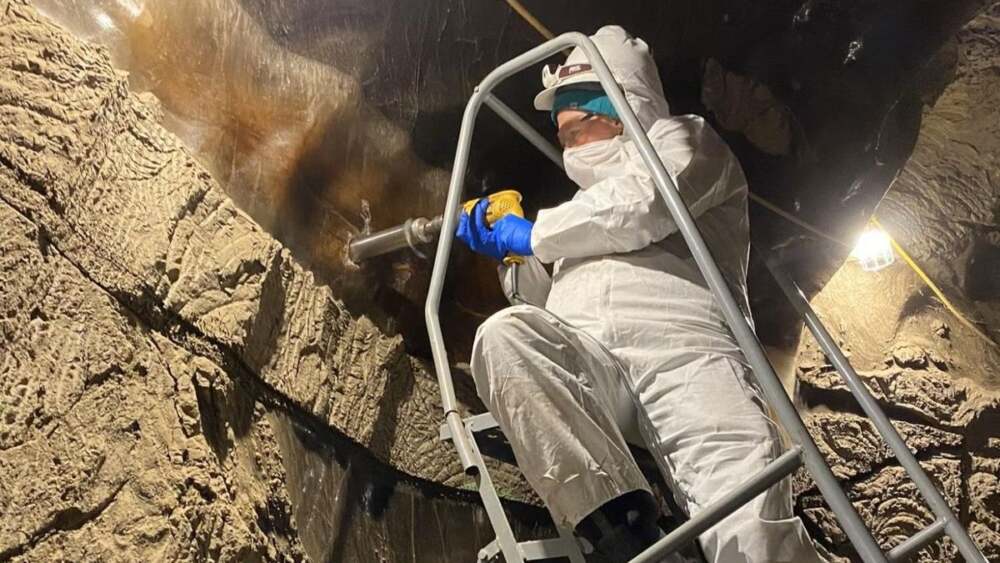
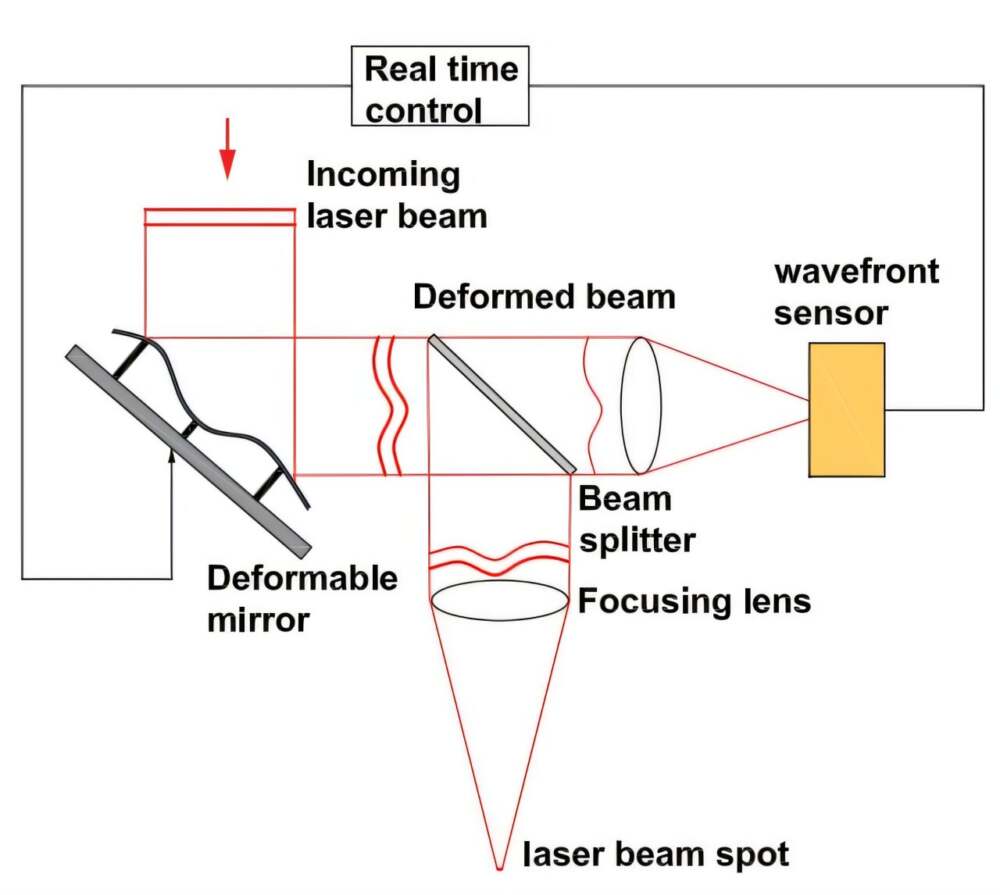
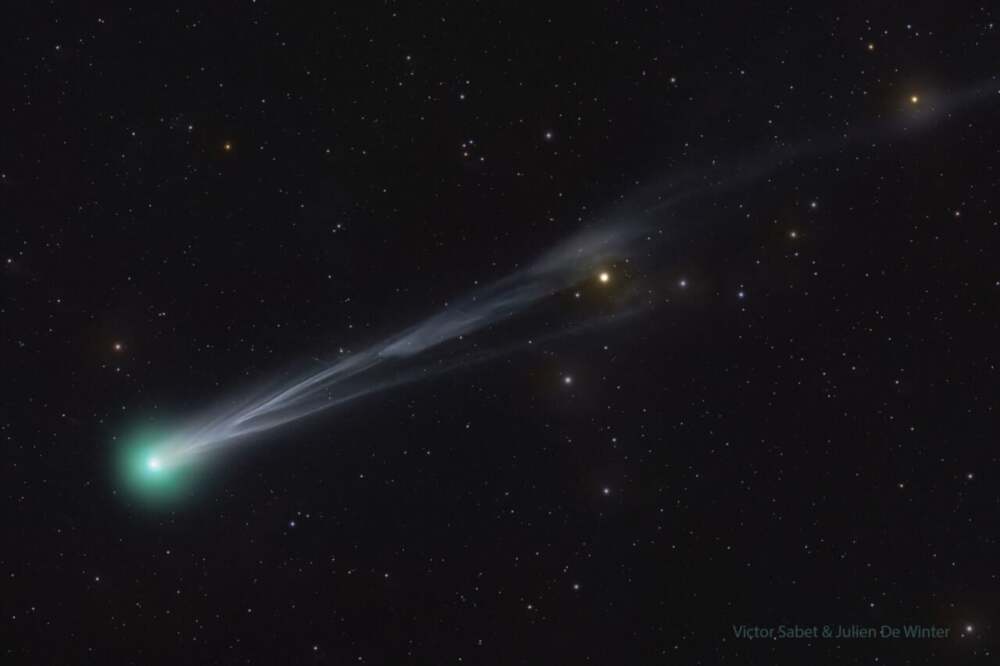

Leave a Reply